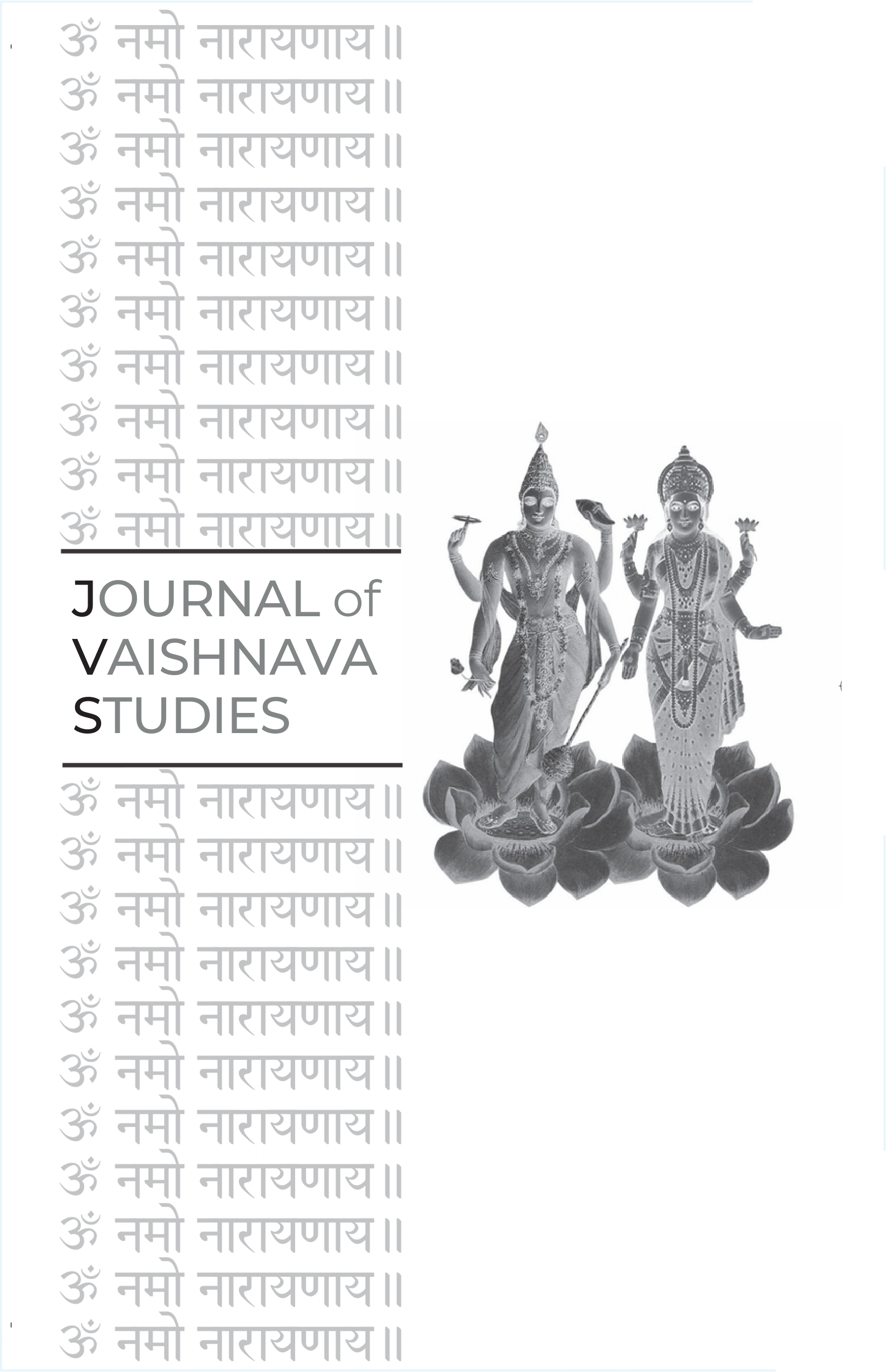Vipinavihārī Gosvāmī and the Gosvāmīs of Bāghnāpārā
Keywords:
Bāghnāpārā, Gosvāmins, Vipinavihārī Gosvāmin, Bhaktivinoda Ṭhākura, Vaiṣṇavism, Caitanya tradition, Rasarāja theology, Vaṃśīvadana, Muralī-vilāsa, Daśa-mūla-rasa, Hari-bhakti-taraṅginī, Guru-disciple relationshipAbstract
This article explores the lineage and literary contributions of the Gosvāmins of Bāghnāpārā, a historically significant Vaiṣṇava community in West Bengal. It highlights Vipinavihārī Gosvāmin (1850-1919), the initiating guru of Bhaktivinoda Ṭhākura, as a central figure. The paper traces the community's origins back to Vaṃśīvadana (16th century), a companion of Śrī Caitanya, detailing their establishment in Bāghnāpārā and their rich tradition of producing authors, poets, and composers of Vaiṣṇava works. It examines key literary contributions, including Vipinavihārī's Daśa-mūla-rasa, a monumental exposition of Vaiṣṇava philosophy and history, and his other Sanskrit and Bengali works. The article also delves into the unique Rasarāja theology practiced by this school. Finally, it discusses the complex relationship between Vipinavihārī Gosvāmin and his renowned disciple, Bhaktivinoda Ṭhākura, and the enduring legacy of the Bāghnāpārā lineage through figures like Lalitāprasāda Ṭhākura.Published
2019-06-20
Issue
Section
Articles





